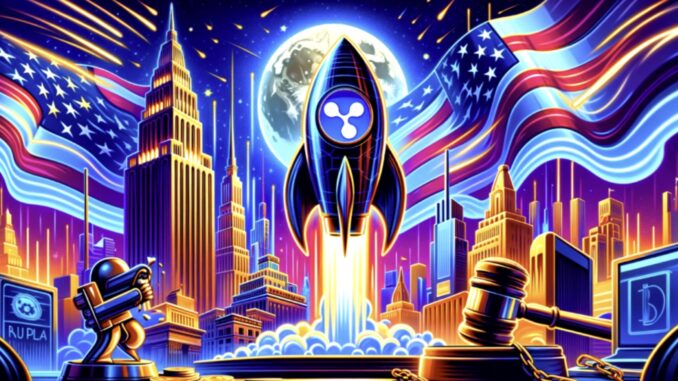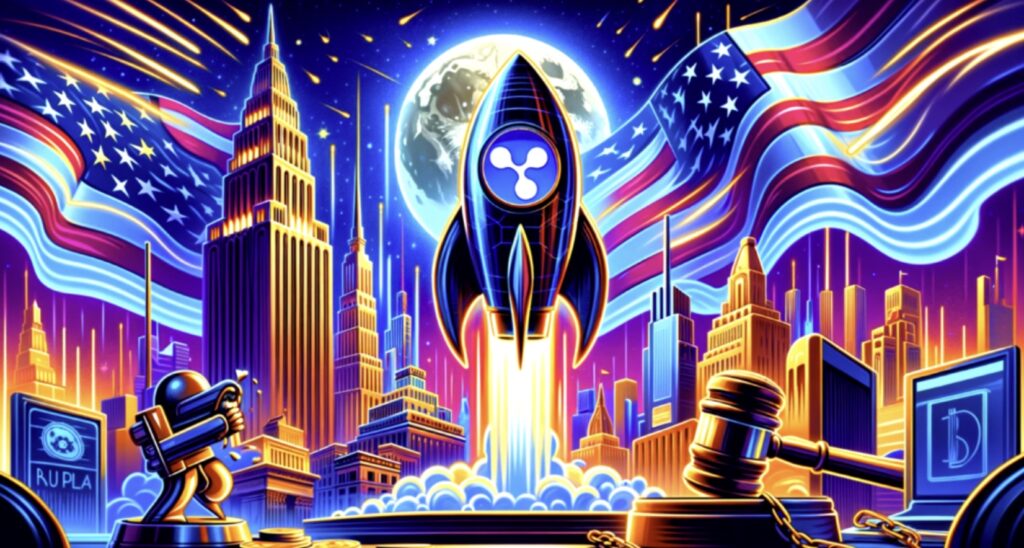

Introduction to Ripple and XRP
Ripple, operated by Ripple Labs, is a major player in the cryptocurrency world, known for its XRP token. Ripple is a unique platform that offers a blockchain-less payment protocol, designed for low-cost, fast transactions. This system, known as the Ripple protocol consensus algorithm (RPCA), aims to integrate with existing banks to streamline international payments. This guide explores Ripple’s origins, technology, and its role in the financial ecosystem.
What is Ripple and How Does XRP Work?
Ripple functions as a real-time gross settlement system and a currency, providing a seamless way to handle monetary transactions. Launched in 2012, Ripple offers a payment and remittance ecosystem used by over 300 financial institutions globally. Unlike traditional systems, Ripple is decentralized and open-source, enabling users to create their own cryptocurrencies or fiat currencies. This flexibility has led to widespread adoption by banks and financial organizations, enhancing RippleNet’s appeal for fast, reliable, and cost-effective transactions.

Ripple’s Origins and Key Developments
Ripple’s journey began in 2004 with Ryan Fugger’s RipplePay.com and evolved with contributions from developers like Jed McCaleb and Chris Larsen. In 2012, Ripple Labs was formed, aiming to create a comprehensive payment system. Ripple’s early focus on banking solutions led to the development of the Ripple Transaction Protocol (RTP), facilitating instant, cross-border payments. XRP, Ripple’s native token, plays a crucial role in this ecosystem, providing liquidity and reducing transaction costs.
Advantages of Ripple and XRP
Ripple offers several advantages over other cryptocurrencies. Its fast transaction speeds, low fees, and regulatory compliance make it attractive to banks and financial institutions. XRP is not mined; instead, transactions are validated through a consensus mechanism, which enhances security and reduces the need for energy-intensive mining processes. Ripple’s partnerships with major financial institutions further solidify its position in the market.

Challenges and Criticisms
Despite its strengths, Ripple faces criticism for its centralization and the control Ripple Labs exerts over XRP’s supply. Additionally, legal challenges, such as the 2015 fine by the Financial Crimes Enforcement Network (FinCEN), highlight regulatory risks. There are also concerns about the transparency and decentralization of Ripple’s network, as well as the finite supply of XRP, which could limit its long-term scalability.
Ripple’s Partnerships and Global Reach
Ripple has established significant partnerships with major banks and financial institutions worldwide, including American Express, Santander, and the Royal Bank of Canada. These partnerships leverage Ripple’s technology for international payments, enhancing its credibility and market penetration. Ripple’s global reach extends to various regions, including North America, Europe, Asia, and the Middle East, demonstrating its versatile and robust payment solutions.

The Future of Ripple and XRP
The future of Ripple and XRP looks promising, with potential for growth driven by increased adoption and technological advancements. The introduction of products like xRapid (now On-Demand Liquidity) and the expansion of RippleNet are expected to further boost Ripple’s market position. However, regulatory uncertainties and market volatility remain significant challenges.
Conclusion
Ripple and its cryptocurrency, XRP, represent a significant innovation in the world of digital finance. By providing a fast, secure, and cost-effective payment solution, Ripple aims to transform global financial transactions. The company’s unique technology, which allows for seamless cross-border payments, positions it as a leader in the financial technology sector.
As Ripple continues to expand and develop its technology, it remains a key player to watch in the evolving landscape of digital currencies. The ongoing partnerships with major financial institutions and the potential for regulatory clarity could further enhance Ripple’s position in the market. Additionally, the increasing adoption of XRP by businesses and consumers highlights its growing relevance as a digital asset.
Looking forward, Ripple’s commitment to innovation and its ability to navigate the regulatory landscape will be crucial in determining its future success. The company’s efforts to improve transparency, security, and efficiency in global payments underscore its role in shaping the future of finance. As the digital currency ecosystem evolves, Ripple’s impact on the industry is likely to grow, making it an essential component of the broader financial landscape.
XRP Price Could Skyrocket by 16,500% to a remarkable $100: Analyst’s Bold Prediction
For more details on the potential impact of the Ripple-SEC case and XRP’s market dynamics, visit [CoinMarketCap]




Be the first to comment